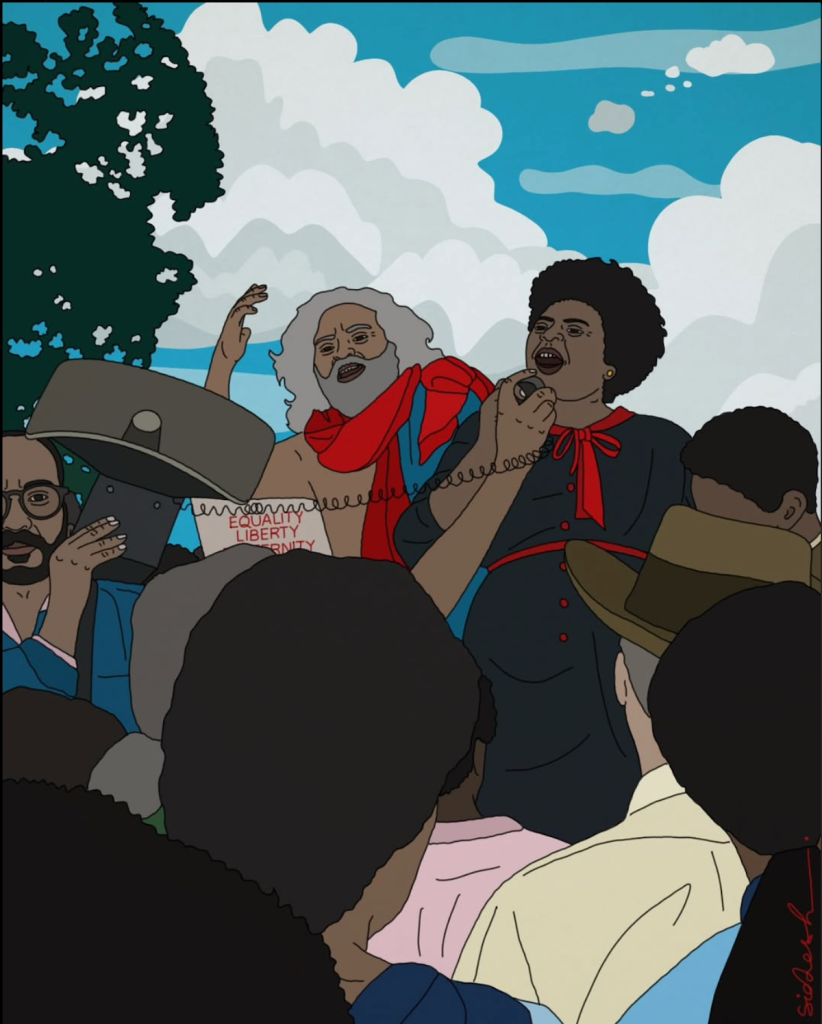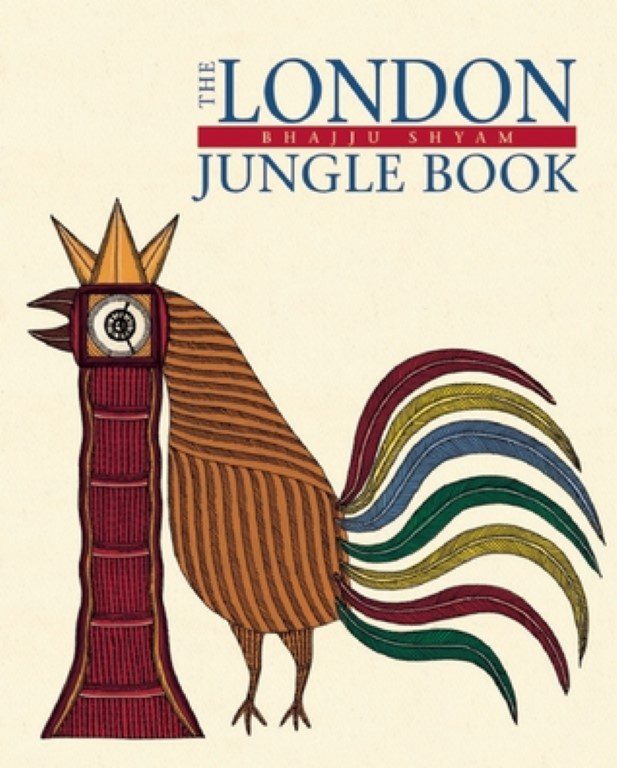Bakery Prasad Illustrates a Shared Space Between Black History Legends and Dalit Community Icons.
In the United States of America, February is celebrated as Black history month. To commemorate the long struggle of the African-American community in the states, the annual remembrance helps in keeping history alive and thriving and celebrating Black art and culture.
The trajectory of the African-American community from being traded as slaves across colonial ports, to a Black Artist from Compton rapping to 127.7 billion viewers of Super-bowl, has moved mountains and miles. Contributions from the African American community are vast, from stoneware jars made by enslaved people to the Harlem Renaissance in the 1920s, from the Black Arts Movement in the 1960s to the creation of music, including jazz, rock and hip-hop.
Slavery was abolished in the US in 1865, but deep-seated anti-Black sentiment continued pushing Black culture and history to the margins of American society. To educate ourselves about the history of systematic racism has helped emancipate communities that are pushed to the margins.
Black History Month and Dalit Consciousness
The struggle of race is identical to the struggle of caste. If not the same, the two cloths are cut alike and have similar abrasions. The deep-rooted hierarchical divide in caste is reminiscent of the struggle of a black body to exist within a ritualised approach to race. The superiority of caste as a concept for understanding intergroup disparities is helpful. Caste and race as both systems are based on beliefs about specific groups of people, and that both systems have resulted in discrimination and violence against those groups. Recognising similarities and essential differences between The two distinct communities can help participate in a global dialogue on minority rights through the lens of their specific religious, cultural and social heritages.
Contemporary Artists Record History on Digital Media
With the popularity of social media and Reels on Instagram, digital creators have leveraged social media to present bite-sized nuggets of Black history as well as used the platform to educate the Digital audience on Dalit history.
Following this practice, Bakery Prasad, or Siddhesh Gautam, a Delhi based Ambedkarite and visual artist, has created a series specially for the Black History month. Bakery Prasad leverages the icons of Black history into his works of art, which are often presented shoulder to shoulder with each other. By bringing the two struggles together over the frame of his compositions, Bakery Prasad creates a visual record of the icons and illustrates a history of two distinct struggles together.
Here are a few illustrations by Bakery Prasad contemporary art for the Black history month series. The series opens a channel and possibility of dialogue within two cultures and recognition of similarity in struggle through visual art.
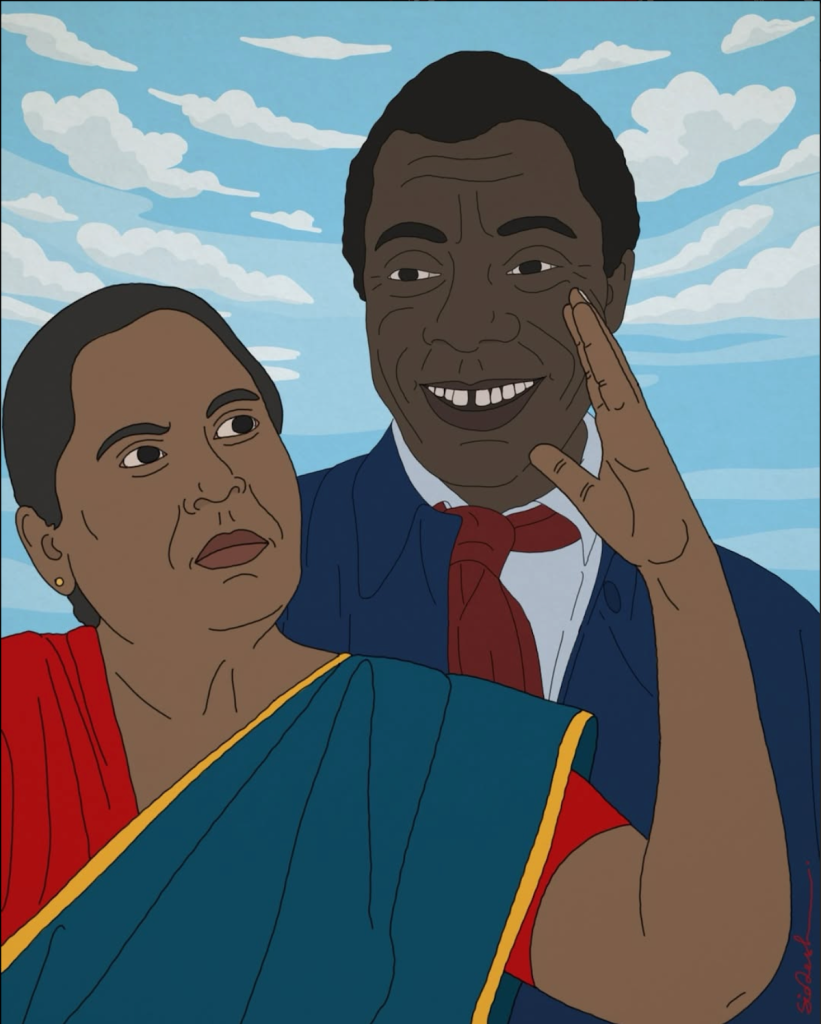
Image and text Courtesy- Bakery Prasad/Instagram
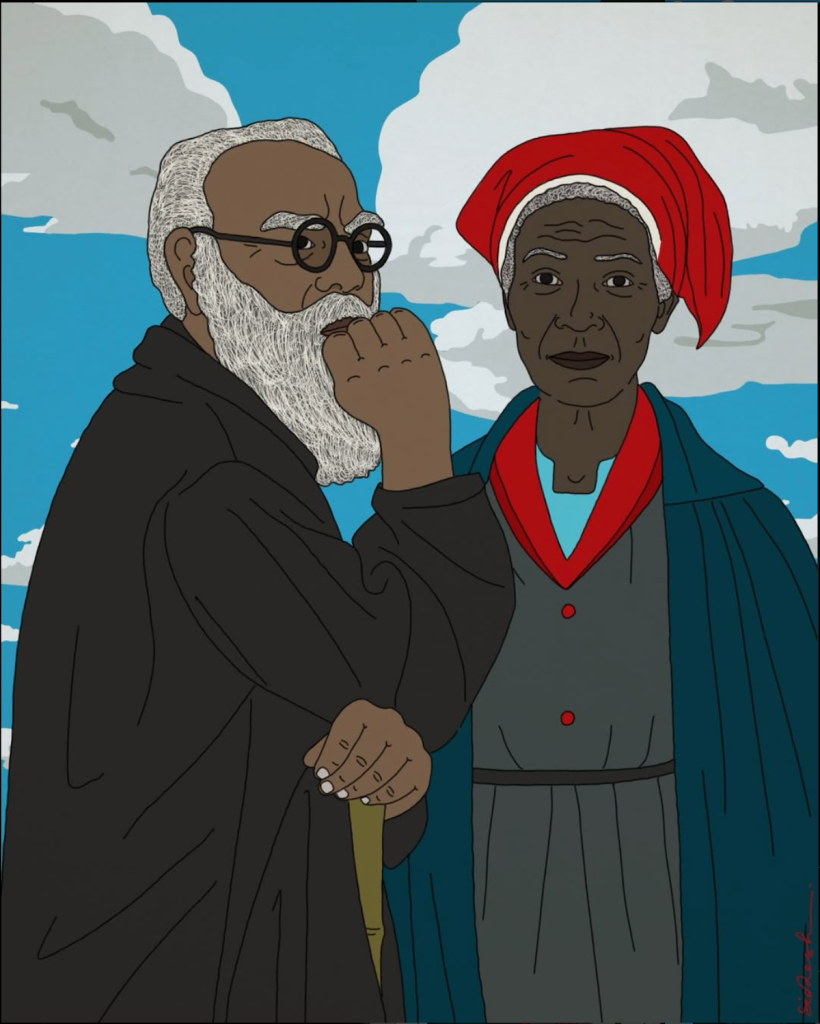
Image and text Courtesy- Bakery Prasad/Instagram
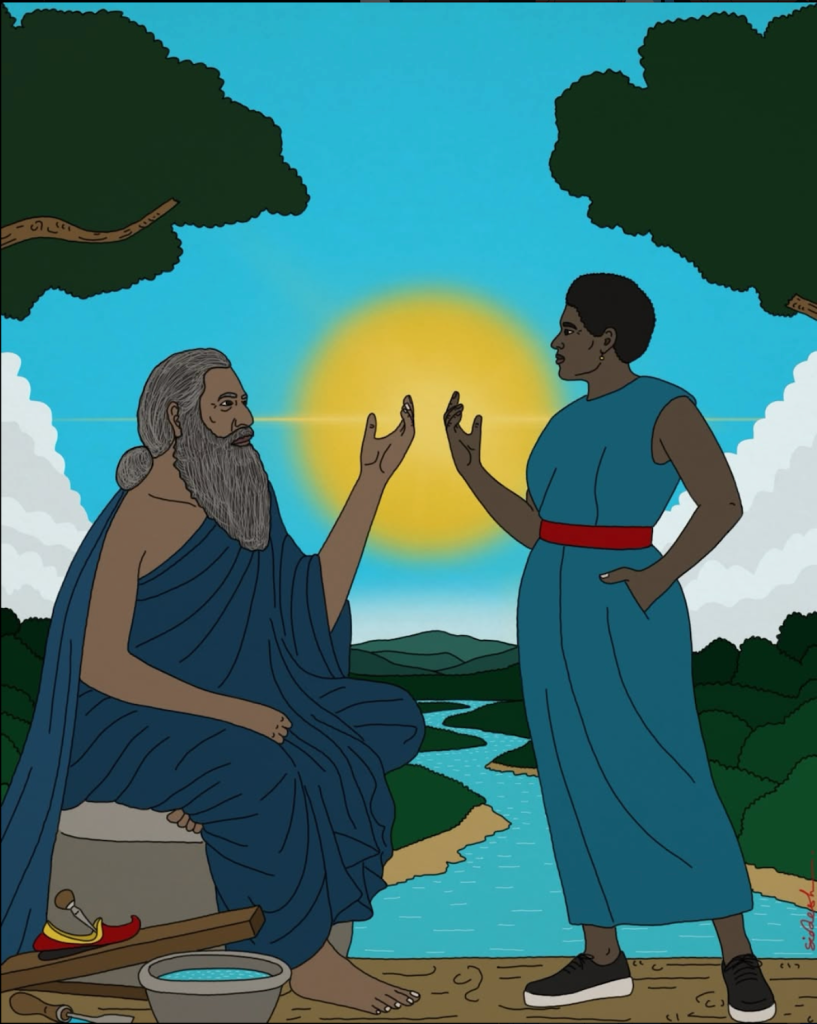
Image and text Courtesy- Bakery Prasad/Instagram
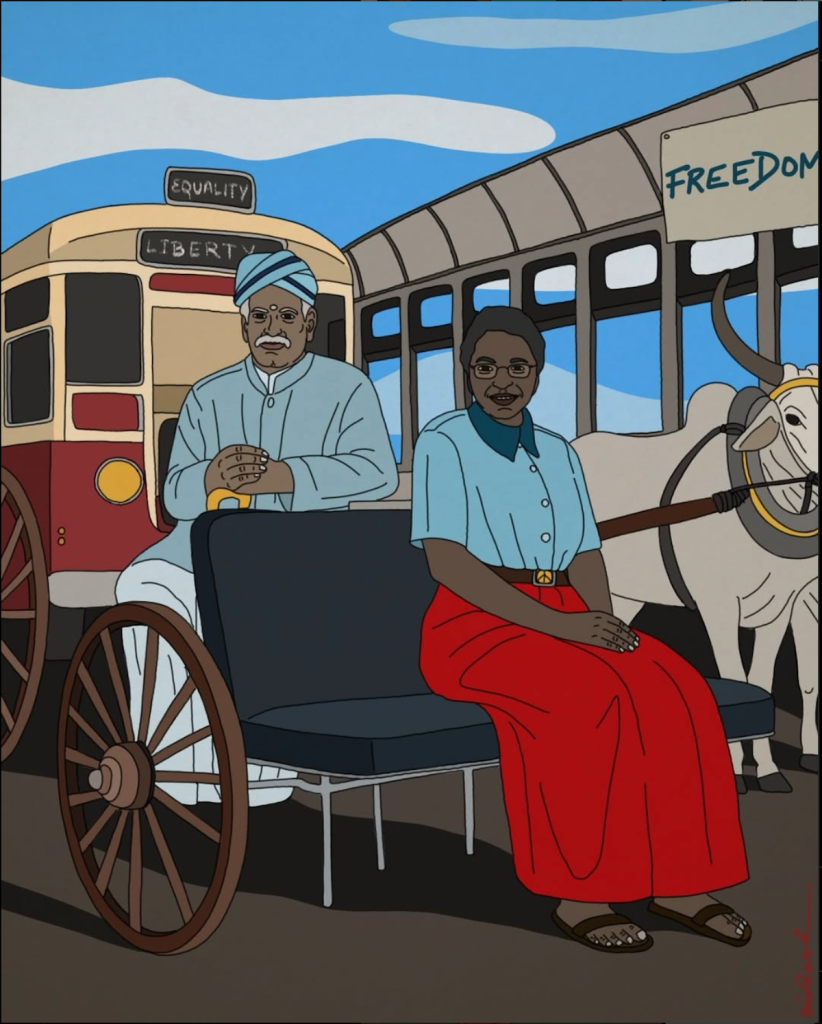
Image and text Courtesy- Bakery Prasad/Instagram
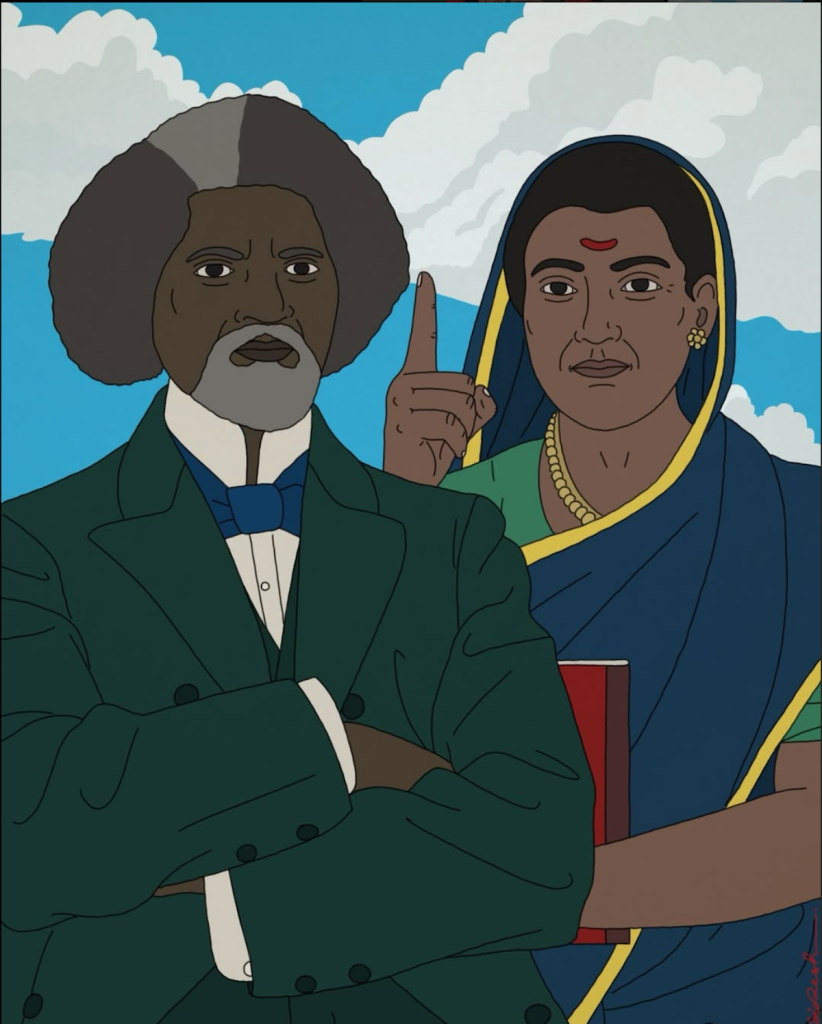
Image and text Courtesy- Bakery Prasad/Instagram
Feature Image courtesy- Bakery Prasad
Contributor

